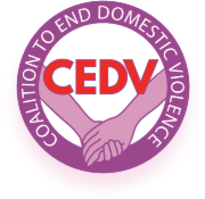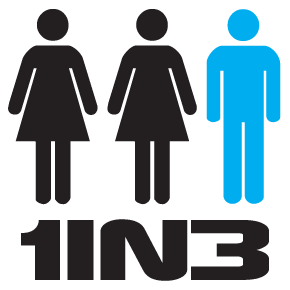Half-Truths, Falsehoods, and Lies: New Report Documents Long-Running Domestic Violence Misinformation Campaign (USA)

WASHINGTON / September 20, 2021 – A new report reveals the workings of a multi-million dollar campaign designed to mislead lawmakers and the American public about domestic violence. Published by the Coalition to End Domestic Violence, the report calls on the Department of Justice (DOJ) to end its long-standing effort to deny help to female abusers and to stereotype men as domestic violence perpetrators.
Since the 1980s, scientists have known that men are more likely than women to be victims of domestic violence. The Centers for Disease Control reports these recent numbers (1):
o Males: 4.2 million victims
o Females: 3.5 million victims
In addition, men annually are more likely than women to be targets of psychological coercive control tactics (2):
o Males: 17.3 million victims
o Females: 12.7 million victims
But for years, the Department of Justice has promoted a series of abuse half-truths and falsehoods. For example, the DOJ claims on its website that “Approximately one in three adolescent girls in the United States is a victim of physical, emotional, or verbal abuse from a dating partner” (3), a statement that ignores the problem of abuse of adolescent boys. The DOJ statement is refuted by the Centers for Disease Control that states, “Nearly 1 in 11 female and approximately 1 in 14 male high school students report having experienced physical dating violence in the last year.” (4)
The DOJ has awarded millions of dollars to organizations that promote misleading and false claims about domestic violence. For example, the International Association of Chiefs of Police, relying on DOJ funding, makes the one-sided and misleading claim that “Experts estimate that a woman has between a one-in-three and a one-in-four chance of being physically assaulted by a partner or ex-partner during her lifetime.” (5)
Such falsehoods have real-world consequences, as 77% of all domestic violence arrestees are male, even though most abusers are female (6). Forty-six state domestic violence coalitions have expressed remorse about their long-standing focus on “increased policing, prosecution, and imprisonment as the primary solution” to domestic violence (7).
These abuse stereotypes are particularly harmful to African-American men and contribute to the problem of mass incarceration (8). According to a recent report to Congress, domestic violence mandatory arrest policies may “produce disproportionate arrest rates among marginalized populations, including people of color, and particularly African American men.” (9)
The Coalition to End Domestic Violence calls on lawmakers and other groups to end the continuing epidemic of abuse misinformation, over-criminalization, and mass incarceration of men. The report, “Thirty Years of Domestic Violence Half-Truths, Falsehoods, and Lies,” is available online: http://endtodv.org/wp-content/uploads/2021/09/Thirty-Years-of-DV-Half-Truths-Falsehoods-and-Lies.pdf
Links:
Centers for Disease Control and Prevention. National Intimate Partner and Sexual Violence Survey: 2015 Data Brief – Updated Release, Atlanta, Georgia. 2018. Tables 9 and 11. https://www.cdc.gov/violenceprevention/pdf/2015data-brief508.pdf
Centers for Disease Control and Prevention: National Intimate Partner and Sexual Violence Survey:2010 Summary Report. Tables 4.9 and 4.10. https://www.cdc.gov/violenceprevention/pdf/nisvs_report2010-a.pdf
Office of Justice Programs, What is Domestic Violence?https://ovc.ojp.gov/sites/g/files/
xyckuh226/files/pubs/helpseries/HelpBrochure_DomViolence.html
https://www.cdc.gov/violenceprevention/intimatepartnerviolence/teendatingviolence/fastfact.html
International Association of Chiefs of Police. Intimate Partner Response: Policy and Training Content Guidelines. 2017. https://www.theiacp.org/sites/default/files/all/i-j/IACPIntimatePartnerViolenceResponsePolicyandTrainingGuidelines2017.pdf
Communicating with Prisoners. Domestic Violence Policies Central to Mass Incarceration. https://www.acrosswalls.org/domestic-violence-policies-mass-incarceration/
United States Department of Justice, Office on Violence Against Women, 2018 Biennial Report to Congress on the Effectiveness of Grant Programs Under the Violence Against Women Act, (2018), p. 22. https://www.justice.gov/ovw/page/file/1292636/download

